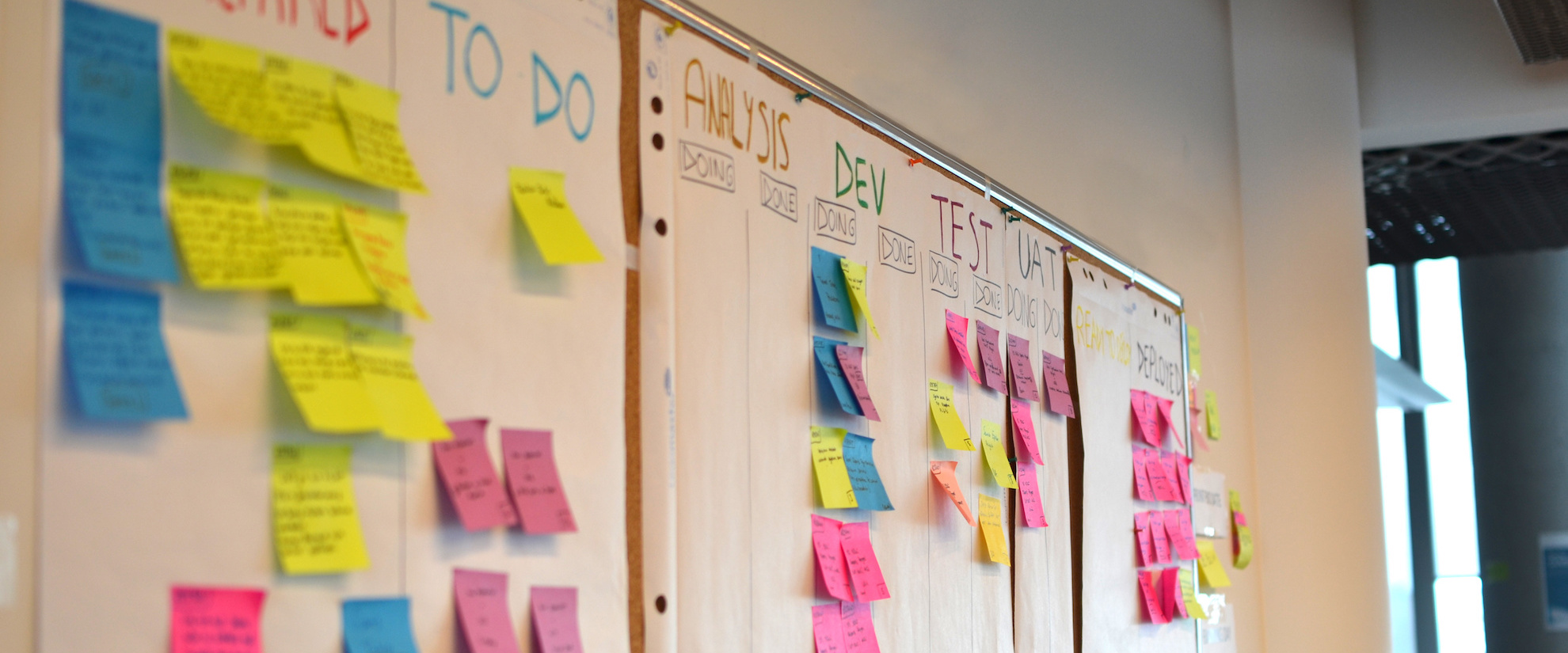Kanban Consulting: Creating Agile Workflows on a Team
26 May, 2022 | By leslie@leanexpansion.ca

Many years ago, under the guidance of a master of the Toyota Production System, one of the first systems I learned was kanban. Japanese for visual board or sign. Kanban today remains a critical toolset for developing agile systems. Back then, I worked hard to keep to the comprehensive rules of kanban to optimize the flow of goods. It wasn’t easy, but in my long-term career as a business consultant, there were some extraordinary takeaways.
6 Takeaways for Implementing Kanban
Implementing a kanban system that works necessitates following specific rules. This can be surprisingly difficult. When facing tight deadlines, a shortcut or spontaneous decision making will often trigger short-term gain–and long-term pain. In over thirty years of experience in kanban consulting, these are the ones I have found non-negotiable:
- Order only the exact amount of goods specified
- Produce items only in the quantity and sequence outlined
- No items should be produced or transported without a kanban
- Always attach a kanban to the goods
- Immediately pull and inspect defective products
- Lower inventory by reducing kanban numbers
kanban has evolved significantly since my time studying Toyota’s factory floor. However, its essence—guiding workflow and streamlining processes—remains the same.
Using Kanban Today
One of the trickiest aspects of implementing kanban in the digital age is so much of the work is invisible, undertaken by machines–or even in the cloud. Yet, it remains one of the most useful tools for controlling workflow and increasing output, at least when implemented by someone who understands how to apply it.
When applying kanban to modern businesses leveraging data and tech to cut costs and speed up processes, I find these guidelines helpful:
- Visualize the work in small increments
- Keep work-in-progress to a minimum to ease burden on team members
- Focus on maximizing output
An agile kanban board is typically composed of 4 columns:
- Backlog: work to be done
- To-dos: work prioritized for completion
- In progress: work that is underway
- Done: work that is complete
Getting started with kanban is easy. It’s wonderfully useful for companies with remote working teams. Whatever the work, it’s important to have a goal—one that is front and center of your kanban board. Without purpose, teams waste a lot of energy and resources. Direction is key. And occasionally, we all need a sign that points the way.
Work with Leslie Barker
Call 416.528.7990 to chat with Leslie about kanban consulting and make 2022 your most productive year.


